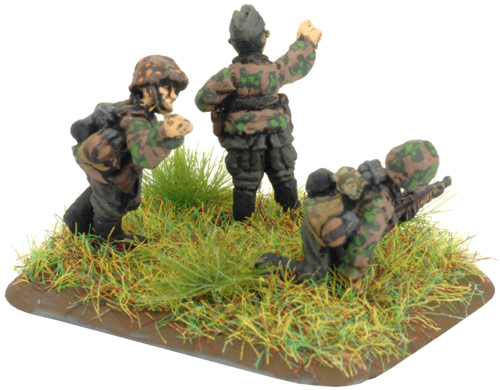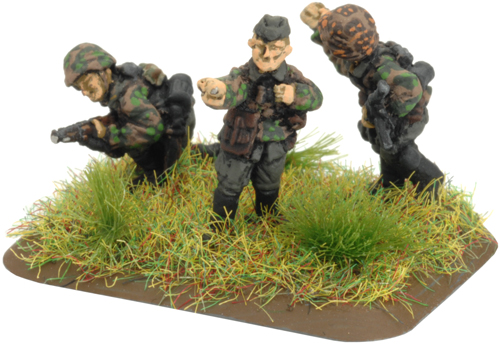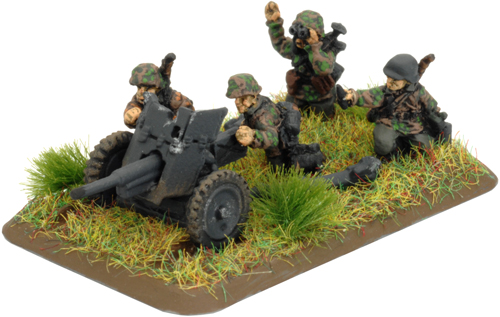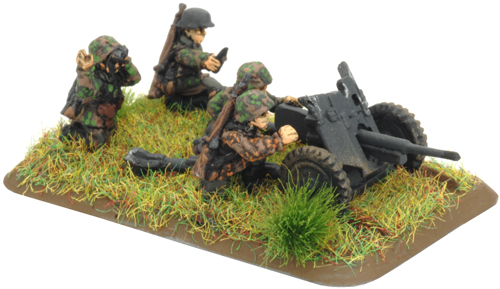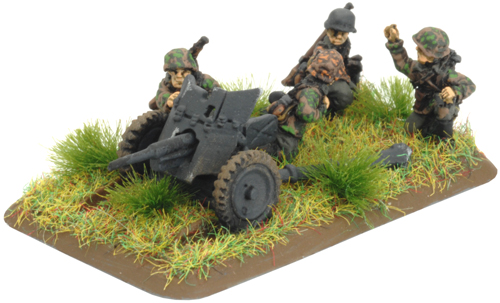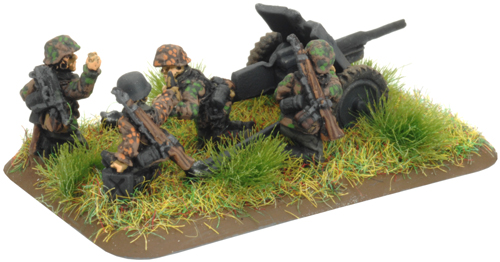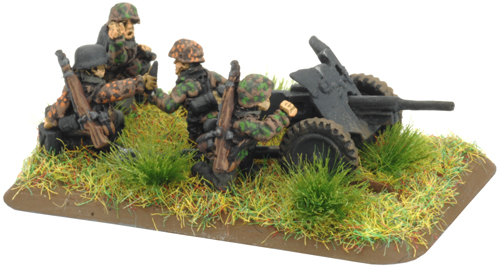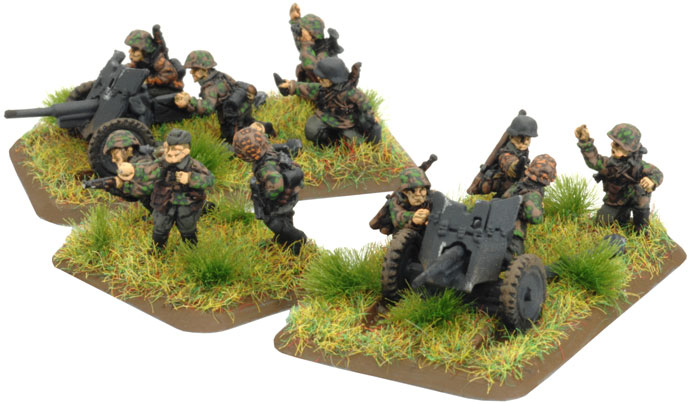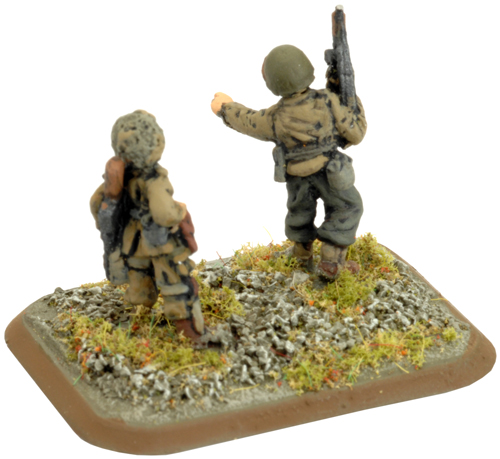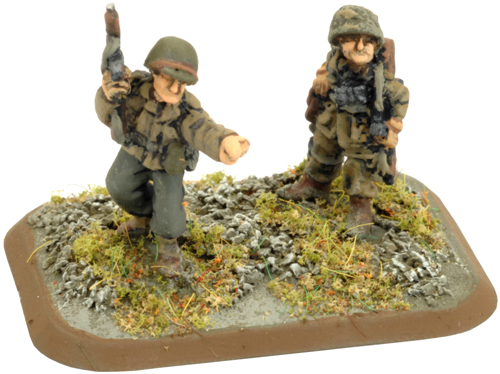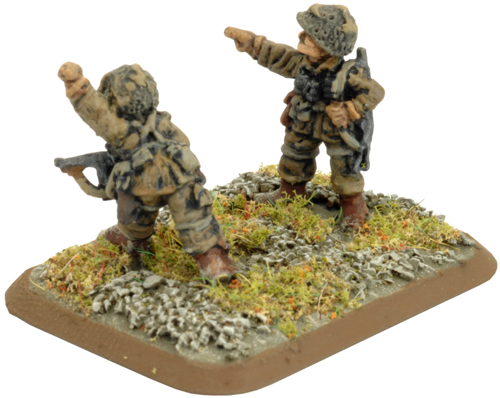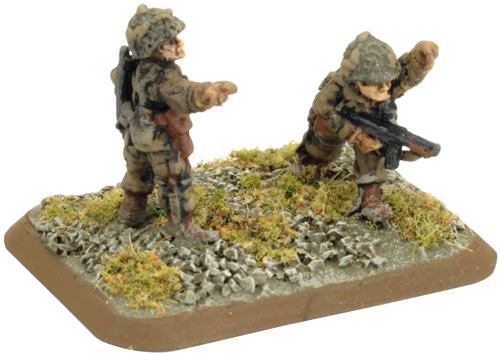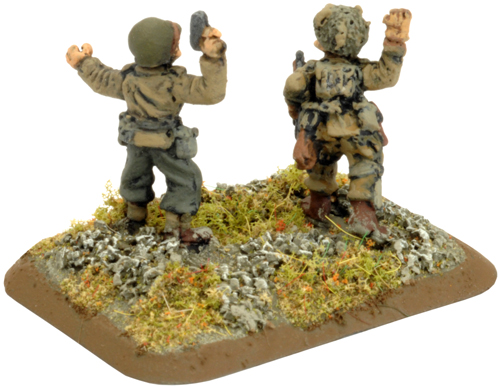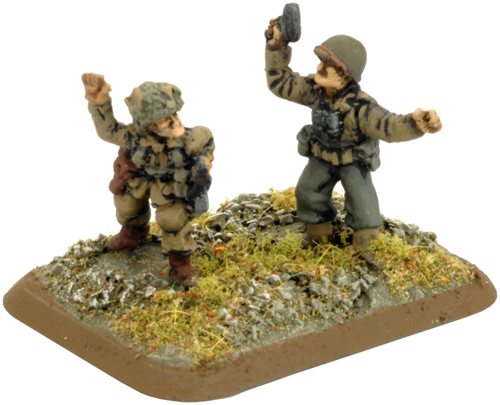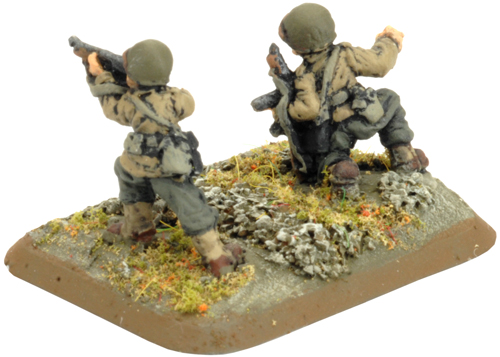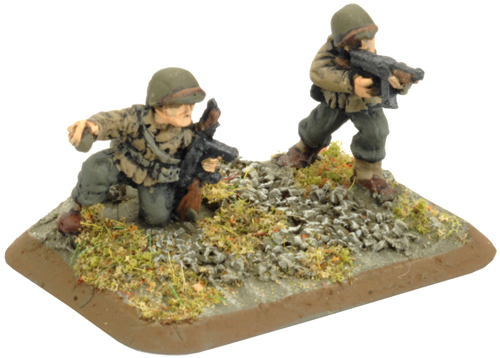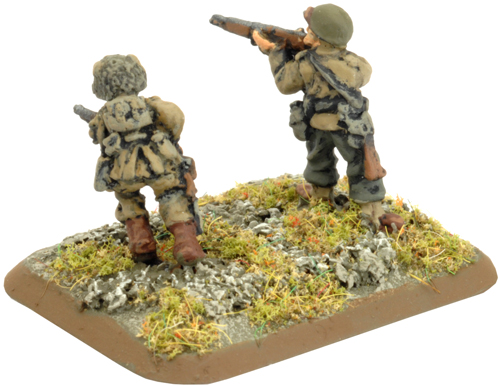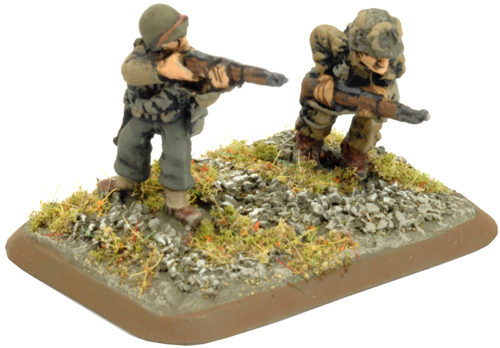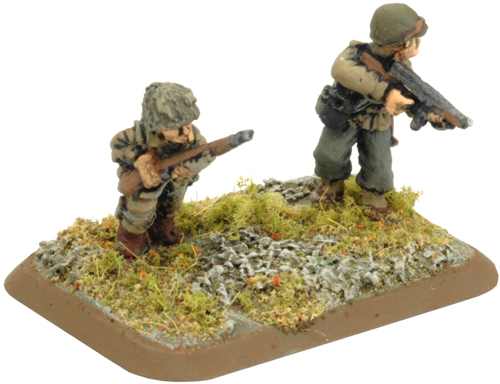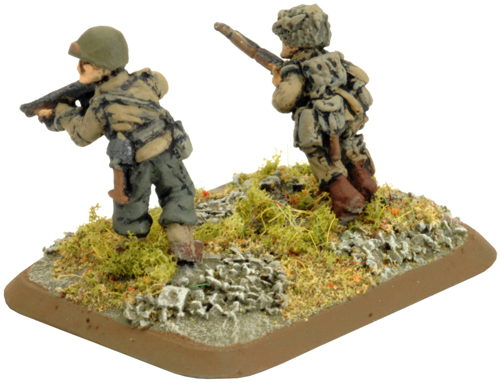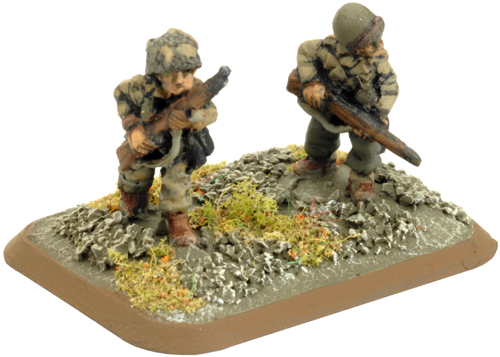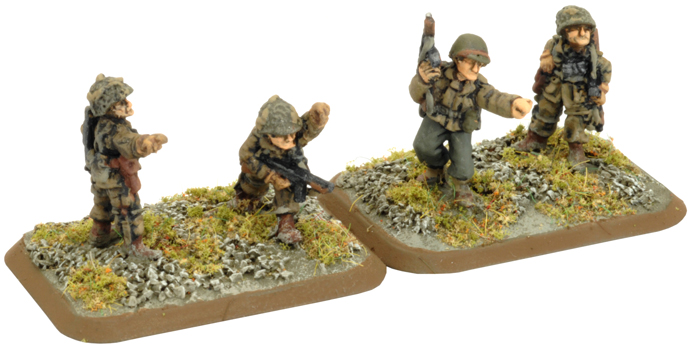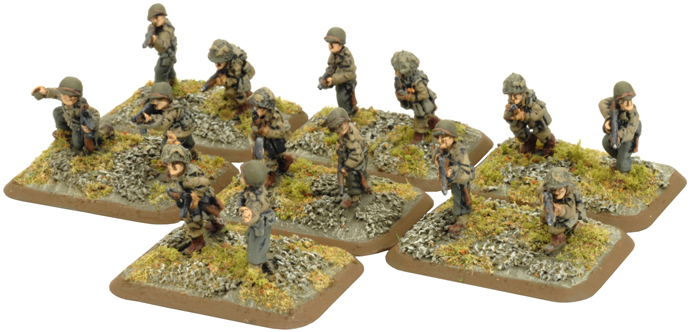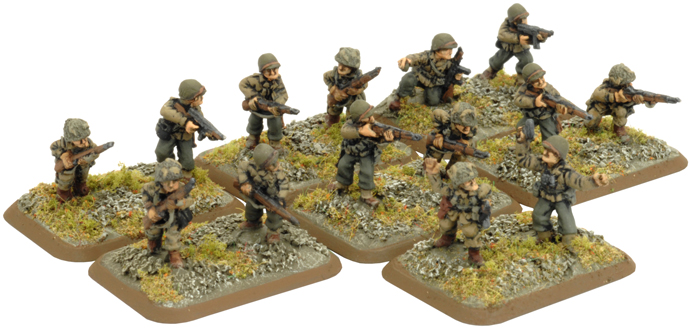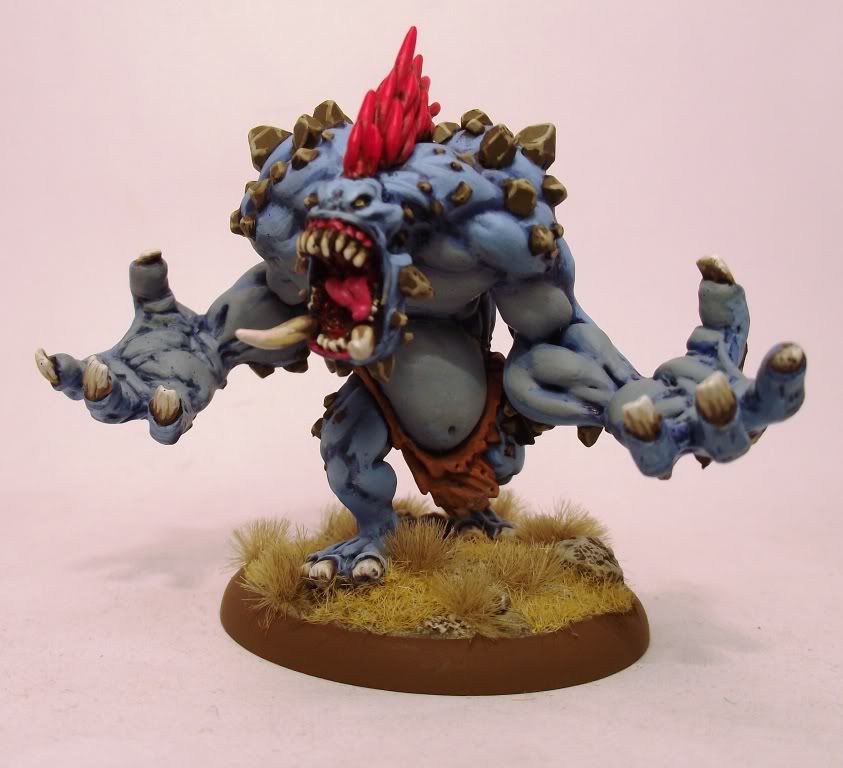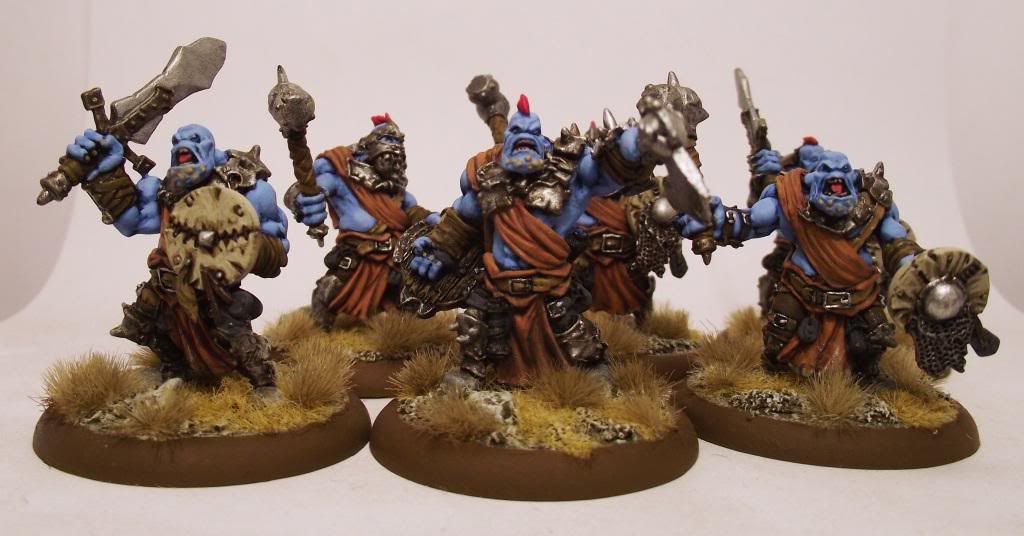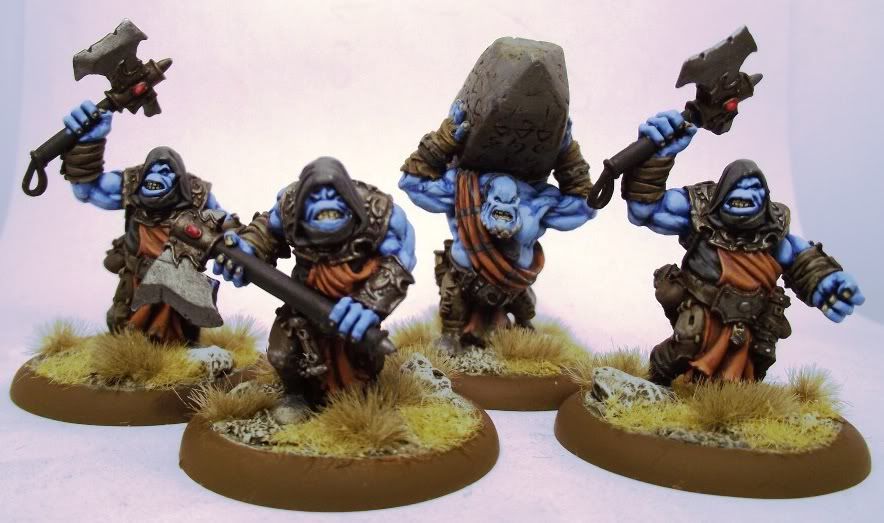As always comments are welcome.
Mark - aka The Colour Kiwi
:)
Panhard-Schneider P-16 (FR310)
Infantry divisions have Groupes de Reconnaissance de Division d’Infanterie (GRDI), or Infantry Divisional Reconnaissance Groups, to perform the traditional cavalry role of scouting and flank protection. In the motorised infantry divisions, the traditional cavalry are replaced with armoured cars and motorcyclists.
When the first five motorised GRDI were formed, the only armoured car available for their reconnaissance platoons was the old Panhard-Schneider P-16 half-tracked armoured car. Originally designed in 1929 as an Automitrailleuse de Combat (AMC), or Armoured Combat Car, it was replaced in this role by the Hotchkiss and Somua cavalry tanks.
The Panhard-Schneider P-16, like the later Panhard AMD-35, had two drivers, one facing forward and the other backwards to drive the vehicle out of danger away from the enemy in an emergency. Like the AMD-35, it was well armed, having the same 37mm SA-18 gun as the Hotchkiss tank.
The other two motorised GRDI were equipped with Hotchkiss H-35 and H-39 cavalry tanks, as no more Panhard-Schneider P-16 combat cars were available.
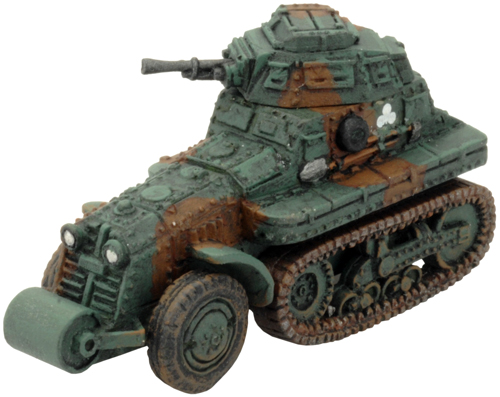
For more pics click here.
25mm SA-34 Portee (FR160)
The term portee is used to describe a truck which carries a gun within its bed. The gun in question is not a permanent fixture of the vehicle and can be fired either while still within the confines of the truck bed or can be unloaded and fired in a more orthodox fashion.
The portee has the advantage of making the tradition static anti-tank gun more mobile and allows the use of fire and manoeuvre tactics. The portee would assume a firing position, fire at the enemy before quickly shifting to another location before its position was revealed by the enemy.
While the term portee is more often than not used to describe such vehicles used by British and Commonwealth forces during the early stages of the Second World War, the French had adopted the practice as early as 1938.
Laffly utilised their S20TL truck to mount the 25mm SA-34 anti-tank gun. These factory built vehicles featured ramps to allow for the gun to be disembarked and allow the gun to fire towards the front of the vehicle or pointing towards the rear allowing for a quick getaway after firing a shot. The windscreen was also modified to fold down to allow for a greater field of fire.
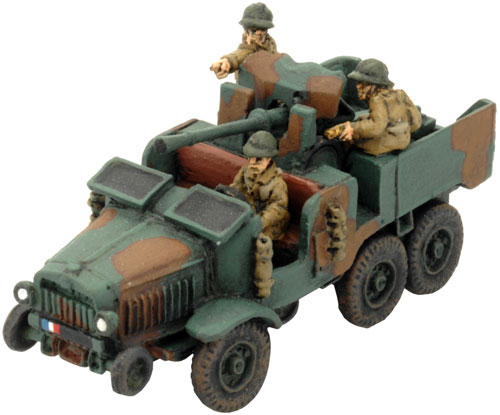
For more pics click here.
S20TL Truck (FR420)
When the French Army decided to establish the Division légère mécanique or Light Mechanised Division (DLM) during 1932, one vital element needed for its success was the need to transport infantry on a grand scale. Therefore, a tender requesting submissions for a design capable of carrying ten men and their equipment was issued.
In the autumn of 1934, the submissions were whittled down the Lorraine 28 and the Laffly S-35C. The Lorraine Company won the contract. However, the Laffly Company weren’t discouraged by this failure and a year later produced the Laffly S20TL, a hybrid of their light S15 and heavy S35C designs.
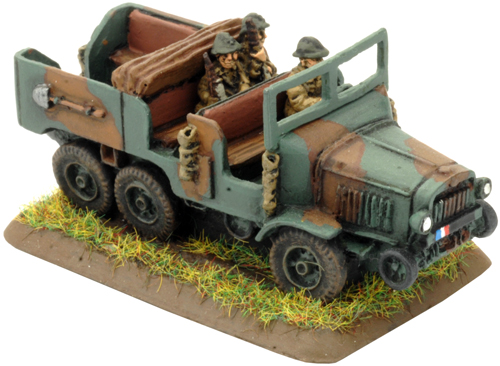
For more pics click here.
Laffly W15T Truck (FR410)
Most of the trucks used by the French Army for transporting equipment and personal were of civilian design. The only modifications performed on these vehicles to make them serviceable for the military was the addition of tow hooks to aid in the recovery of the vehicle.
The French Army made a use of a number of 6x6 tractors, including the Laffly W15T. The Laffly W15T was a low-profile version of the Laffly S15T and featured the same bumper wheels that helped prevent the vehicle from bogging down when crossing trenches or rough terrain. The Laffly W15T was a prime gun mover in the French Army and was commonly used to pulled the 47mm SA-37 anti-tank gun into battle.
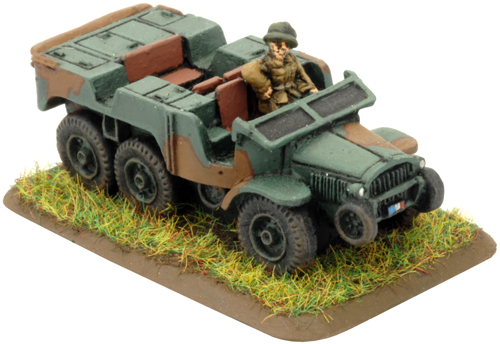
For more pics click here.
25mm mle 1938 AA gun (FR545)
The need for light anti-aircraft guns became apparent to the French during the Spanish Civil War. The Hotchkiss 25mm mle 1938 was rushed into production fill the gap in the French arsenal.
This gun had been designed in 1932, and initially rejected by the French Army. This gun is provided with armour-piercing rounds and is used in a dual-purpose role.
Every division is supposed to have an anti-aircraft defence battery of six 25mm guns and many divisions had received their allocations by the German invasion.

For more pics click here.
20mm mle 1939 AA gun (FR540)
With the Ju 87 Stuka playing such an important role in the German Blitzkrieg tactics, it became vital that the French Army employed a strong anti-aircraft defence to counter the threat posed by the German dive bombers.
Along with the Hotchkiss 25mm mle 1938 anti-aircraft gun, the 20mm mle 1939 provide the French with the tools needed to keep the dreaded Ju 87s at bay. However, stopping the German war machine in the summer of 1940 would prove beyond even the brave men arming these guns.

For more pics click here.

